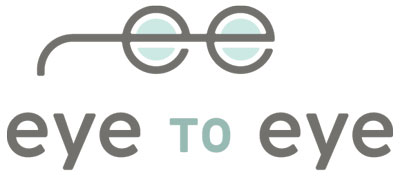Are your sunglasses really protecting your eyes?
Those sunglasses you just bought may look ultra-cool, but save them for selfies if they’re not filtering out the sun’s harmful ultraviolet (UV) rays.
After all, not all sunglasses are created equal. Whether vintage, cheap, expensive, or polarized, they may or may not be doing their job to protect your precious eyes.
In particular, older sunglasses may not be as effective as you think. Most sunglasses today have UV protection embedded in the lens rather than coated over it, and most reputable brands list UV protection on their label. Look for a label that says “100% protection against both UVA and UVB” or “100% protection against UV 400.”
You really don’t need to spend big bucks for UV-protecting glasses, but here’s more of what you do need to know:
Dark sunglasses that don’t block harmful rays may reduce your need to squint in bright light, but that’s about it. When you put on a very dark pair of sunglasses your pupils open up and allow much more light into your eyes than if you didn’t wear those sunglasses at all. So while they may filter out ambient light and glare, that additional exposure to UV rays increases your risk for cataracts, macular degeneration, and even development of ocular melanoma—a rare cancer.
Polarization has nothing to do with UV light absorption, but many polarized lenses are now combined with a UV-blocking substance. Polarization reduces glare and reflects glare away from your eye. This includes both direct glare from the sun, but also reflected glare from the car windshields, snow, and water. Check the label to make sure the lenses provide maximum UV protection. The same goes for lens color and tint, lens darkness, and mirror coating.
If you spend a lot of time outdoors, especially around water, consider wrap-around sunglasses that protect from UV rays that come in from the side. This design will also stop the wind that makes your eyes dry. They don’t have to be expensive. They just have to fit well—and of course, you have to keep them on as long as you are in the sun. That goes for kids of all ages, too.
To protect your eyes, look for sunglasses that:
• Block 99% to 100% of both UVA and UVB rays
• Screen out 75% to 90% of visible light
• Have lenses that are perfectly matched in color and free of distortions and imperfections
The most important advice is to wear your sunglasses whenever you are outside, and put them on your kids, as well. Sunglasses are to the eyes what sunscreen is to the skin. Whether it’s cloudy or sunny, they are an essential shield to protect your health.
UV radiation from the sun can damage not only the skin of your eyelid but also the cornea, lens and other parts of the eye. UV exposure also contributes to the development of certain types of cataracts, growths on the eye and possibly macular degeneration.



